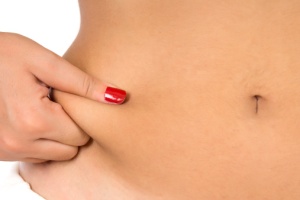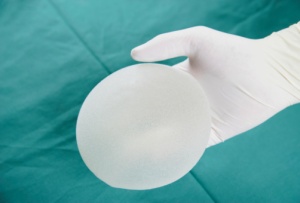WELCOME TO MY FEBRUARY NEWSLETTER!
For February, I want to talk about Liposuction. It is a very popular procedure at my practice and one that brings my patients a lot of satisfaction.
Also, liposuction is a surgery that I find most patients want to add as a combination procedure.
I.e. Have your facelift and include some liposuction or a breast augmentation with additional liposuction.
I hope you enjoy the topic, remember you can also stay in touch via my Facebook and Twitter pages, or website
IS LIPOSUCTION RIGHT FOR YOU?
First things first! Liposuction is NOT a weight reducing procedure and ideally, patients should be within their healthy body weight for height range (BMI 19-25).
This cannot be stressed enough. Ideally we want to shape and remove stubborn, diet and exercise resistant fat with liposuction.
Any one or combination of the following conditions may indicate that you are a good candidate for liposuction surgery:
- Areas of fat deposits that are out of proportion with the rest of your body and do not go away with diet and exercise
- Diet Resistant fat
- Areas with minimal amounts of excess skin (Liposuction removes fat not skin) and good skin elasticity.
We will discuss this in more detail during the consultation process, we will also talk about your aesthetic needs, if you want combination surgery and of course the surgical risks.
It is extremely important to be fully informed.
BEFORE YOUR LIPOSUCTION SURGERY
During the initial consultation, you may be asked to look in a mirror and point out exactly what you would like to see improved.
Knowing and understanding your needs is part of achieving your desired result.
Pictures may be taken of you, especially if the areas that will be treated are on your posterior aspect (back, buttock, etc.). This will help me understand your expectations and determine whether they can realistically be achieved.
A determination of the elasticity of the skin will also occur during the consultation. I have to know I can achieve what you need.
A discussion concerning your ideal weight and realistic weight will most likely occur during the consultation. Plans such as future pregnancies, etc. may be also discussed. These simple but often overlooked questions can radically affect your long-term results.
The amount of fat removed at any one session is restricted to 2,5 – 3 litres; this is to minimise the chances of postoperative complications. This is another reason why we want you to be close to your ideal weight.
Liposuction surgery is usually performed as a day case. If this is the case, be sure to arrange for someone to drive you home after surgery and to stay with you for the next 24 hours as precaution.
You will be uncomfortable for the first few days. Pain medication will keep you pain free but having help around the house is highly recommended.
If you are undergoing large volume liposuction, I will recommend you be hospitalised for the night.
Physical activity should be restricted for the first 24 hours post operatively for all Liposuction cases. Just because the pain medication will have you feeling well doesn’t mean you should be up and about.
After the first 24 hours, light exercise is encouraged but strenuous exercise should not be resumed for at least 4 weeks.
Post operatively Liposuction patients are required to wear a support garment for approximately 6 weeks to help minimise swelling and bruising, and to maintain the aesthetic result.
I estimate that it will take 6 months for all the swelling to subside and the final result to become visible. That said Liposuction has superb results and an incredibly high patient satisfaction rate.
I hope that you all enjoyed this newsletter, make sure to come by regularly for more updates on all the treatments and procedures I offer at my Cape Town practice!
Feel free to make an appointment now if you would like to discuss your Liposuction options. Dial ( 021-671094 )







